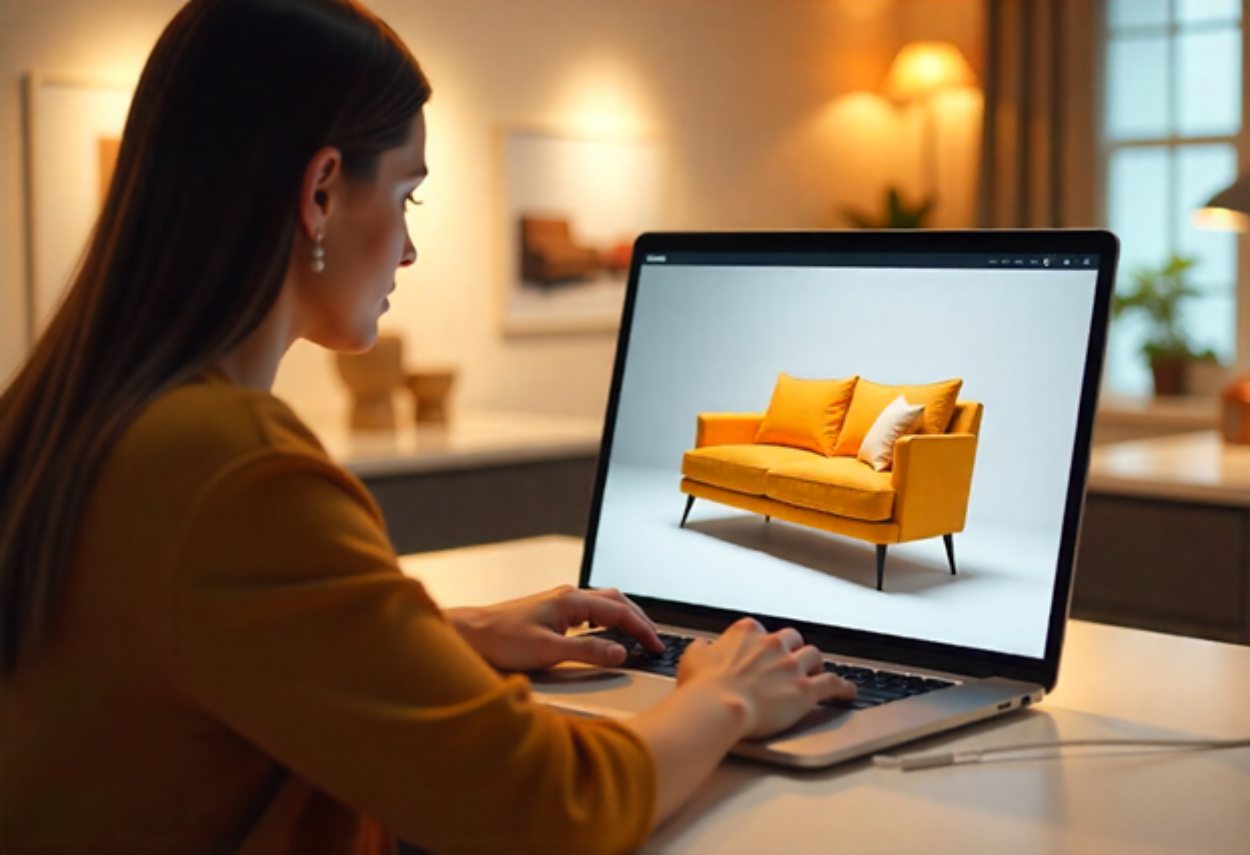Engagement, Confidence, Sales: The Business Power of 3D product visualization

Businesses always seek new ways to grab attention, reduce customer doubts, and boost sales. One of the most potent tools helping them do this is 3D rendering services—a technology that lets shoppers view, rotate, and interact with products in a virtual space before buying. From furniture and fashion to electronics and cars, this innovation transforms how brands showcase products and customers make decisions.
From Flat Images to Interactive Experiences
Traditional product photos have long been the standard in e-commerce. But static pictures often leave buyers wondering: How will this look in my home? Am I missing details? Will it feel the same in real life?
3D product visualization answers these questions. It creates lifelike, interactive models that customers can zoom in on, rotate, and customize. Instead of just scrolling through photos, shoppers actively participate in the buying process. For example, a furniture store can let customers change sofa fabrics or colors and instantly see how it fits in their living room. This not only builds confidence but also reduces returns.
Why Brands Are Embracing 3D Visualization
3D visualization isn’t just a trend—it’s a smart business strategy. Some key benefits include:
- Stronger Customer Engagement: 3D models keep shoppers exploring longer, often leading to more purchases.
- Easy Customization: Buyers can try different colors, textures, or styles without companies needing physical samples, saving time and cost.
- Lower Return Rates: Customers who know exactly what they’re buying are less likely to send products back.
- Multi-Platform Use: A single 3D model can be used on websites, AR apps, and virtual showrooms, ensuring consistency everywhere.
Bridging the Online–Offline Gap
One of the most complex parts of online shopping is the lack of physical product interaction. Shoppers can’t touch, try, or test items as they do in stores.
3D visualization helps close that gap. With augmented reality (AR), customers can use a smartphone to place digital products into their real spaces, like checking how a table fits in a dining room or how sneakers look on their feet. This digital and real-life experience mix creates trust and excitement that flat images can’t match.
Industries Leading the Way
While almost every industry can benefit, a few are ahead in adopting 3D visualization:
- Furniture & Home Décor: Retailers let customers virtually place and customize furniture in their rooms, making shopping decisions easier.
- Fashion & Apparel: Virtual try-on tools allow buyers to see how clothes fit without visiting a fitting room.
- Automotive: Car makers use 3D configurators so customers can design and explore vehicles from home.
- Electronics: Products like laptops, cameras, and gadgets become easier to understand when buyers can interact with detailed 3D views.
Challenges and Solutions
Adopting 3D visualization does come with challenges. It requires high-quality models, skilled designers, and smooth performance across devices. But the good news is that software tools and cloud-based solutions make it more affordable and accessible—even for small businesses.
What’s Next for 3D Product Visualization?

The future is even more exciting. With AI, AR, and VR coming together, shopping will feel more lifelike than ever. Imagine walking through a virtual showroom, trying products digitally, or getting AI-powered suggestions that instantly appear in 3D.
For brands, this also means valuable insights—like knowing which features customers zoom into most or how long they spend customizing a product—helping them improve design and marketing strategies.
Final Thoughts
3D product visualization is no longer just “nice to have.” It’s becoming the standard for online shopping. Blending realism with interactivity gives customers confidence, reduces returns, and helps brands stand out in a crowded market. Businesses that adopt early will be ahead of the curve, offering shopping experiences that feel engaging, trustworthy, and future-ready.
